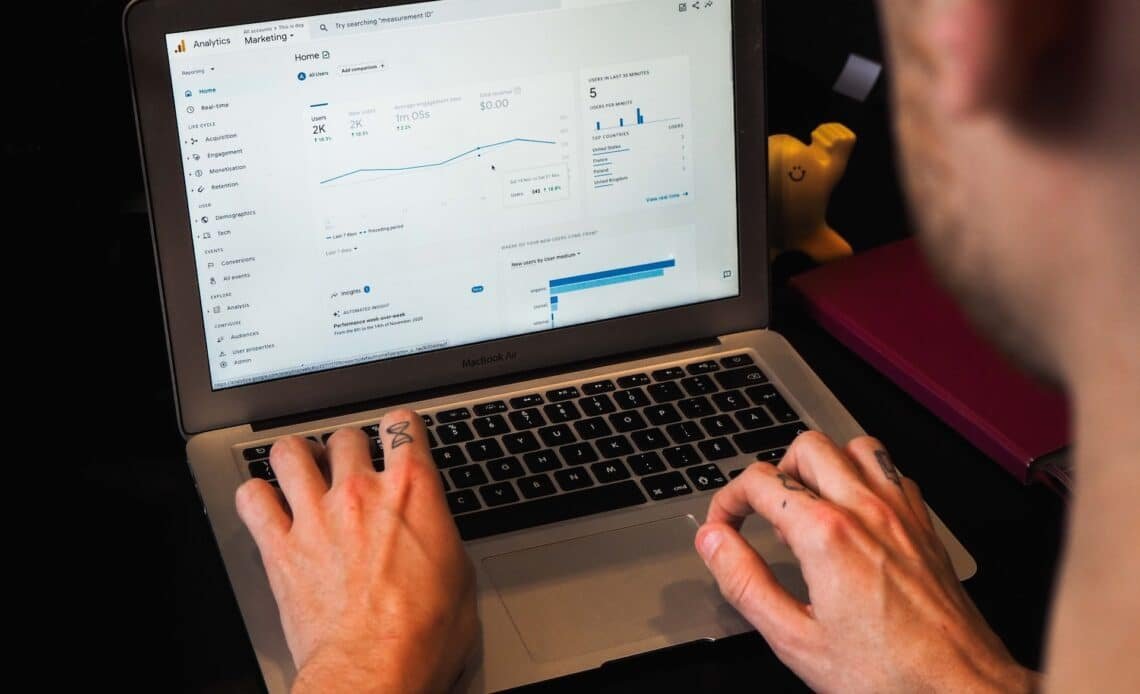SEO is a broad field. As Google announces new and new updates, SEO experts find a new metric that they believe is the latest indicator for measuring SEO Performance. However, over the years, Google has proven, time and time again, that some metrics are more important to track than others. Here are the 12 SEO KPIs you should track and seven you shouldn’t.
The KPIs you should rank: The All important ones.
- Rankings
This is perhaps the most important KPI of them all. If your website is not ranking for relevant keywords, you will not get organic traffic. Monitor your rankings closely, and make sure you’re moving in the right direction.
- Traffic
Once you start ranking for relevant keywords, you will start getting organic traffic from Google. Keep an eye on your traffic levels, and see how they fluctuate after every Google update.
- Conversions
What’s the point of getting traffic if it doesn’t convert? Track your conversion rate closely, and see how you can increase it.
- organic search revenue
If you’re running an eCommerce website, this is the KPI that matters the most. Keep track of your organic search revenue, and see how it increases as you start ranking for more keywords.
- Click-through rate (CTR)
This is a metric that measures how often people click on your listing when it appears in the search results. A improving CTR means that people find your listing relevant and are more likely to convert.
- Dwell time
Dwell time is the amount of time people spend on your website after clicking on your listing from the search results. A high dwell time means that people find your website useful and are less likely to click back to the search results.
- Bounce rate
This is the percentage of people who leave your website after viewing only one page. A high bounce rate indicates that people are not finding what they’re looking for on your website.
- Pages per session
This metric measures how many pages people view on your website during a single session. A high number of pages per session means that people are engaged with your content and are more likely to convert.
- Average session duration
This is the average time people spend on your website during a single session. A high average session duration indicates that people are engaged with your content and are more likely to convert.
- Number of backlinks
The number of backlinks is a good indicator of the popularity of your website. The more backlinks you have, the more popular your website is.
- Domain authority
Domain authority is a metric that measures the strength of your website’s domain. A high domain authority indicates that your website is strong and popular and is more likely to rank higher in the search results.
- Page Authority
Page authority is a metric that measures the strength of your website’s pages. A high page authority indicates that your pages are strong and popular and are more likely to rank higher in the search results.
The KPIs you shouldn’t track: The vanity metrics
Monthly/Weekly/Daily Traffic Spikes: Traffic spikes are only useful when they can be tied to a specific event or campaign. Otherwise, they’re just noise.
Ranking for irrelevant keywords: If your website ranks for keywords that have nothing to do with your business, those rankings are essentially worthless.
Vanity Metrics: A vanity metric is a number that makes you feel good but doesn’t provide any valuable insights. For example, the number of Facebook fans/Twitter followers, or the number of backlinks, because it’s the quality of the backlinks that matter rather than the quantity.
Time on Site/Pages per Visit: These metrics can be useful, but they’re often misleading. For example, if someone visits your website and immediately leaves, that could be counted as a “bounce.” But if they read one of your blog posts and then leave, that’s not necessarily bad.
Keywords with 100% Search Volume: If a keyword has 100% search volume, that means that everyone who searches for that keyword will see your website. But this isn’t always a good thing. Sometimes, it might mean that the keyword is too general, and you’re getting a lot of unqualified traffic.
Average Session Duration: This metric can be deceiving because it doesn’t consider the traffic’s quality. For example, if someone visits your website and immediately leaves, that could be counted as a “bounce.” But if they read one of your blog posts and then leave, that’s not necessarily bad.
Percentage of New Sessions: This metric can be useful but often misinterpreted. For example, if you have a high percentage of new sessions, that could mean that your website is attracting a lot of new visitors. But it could also mean that your website isn’t retaining its visitors very well.
The bottom line
The KPIs you should track are the ones that will give you insights into your website’s performance and help you improve your SEO. The KPIs you shouldn’t track are vanity metrics that don’t mean anything. Remember, it’s not about quantity; it’s about quality. So focus on tracking the KPIs that matter and ignore the rest.







